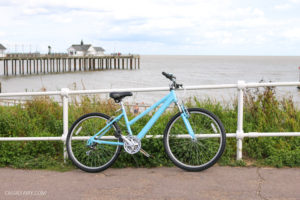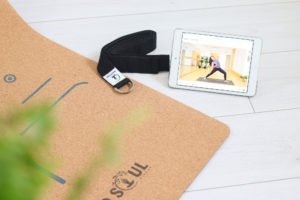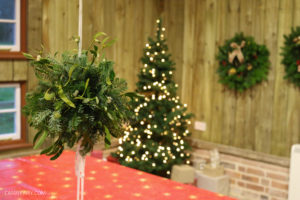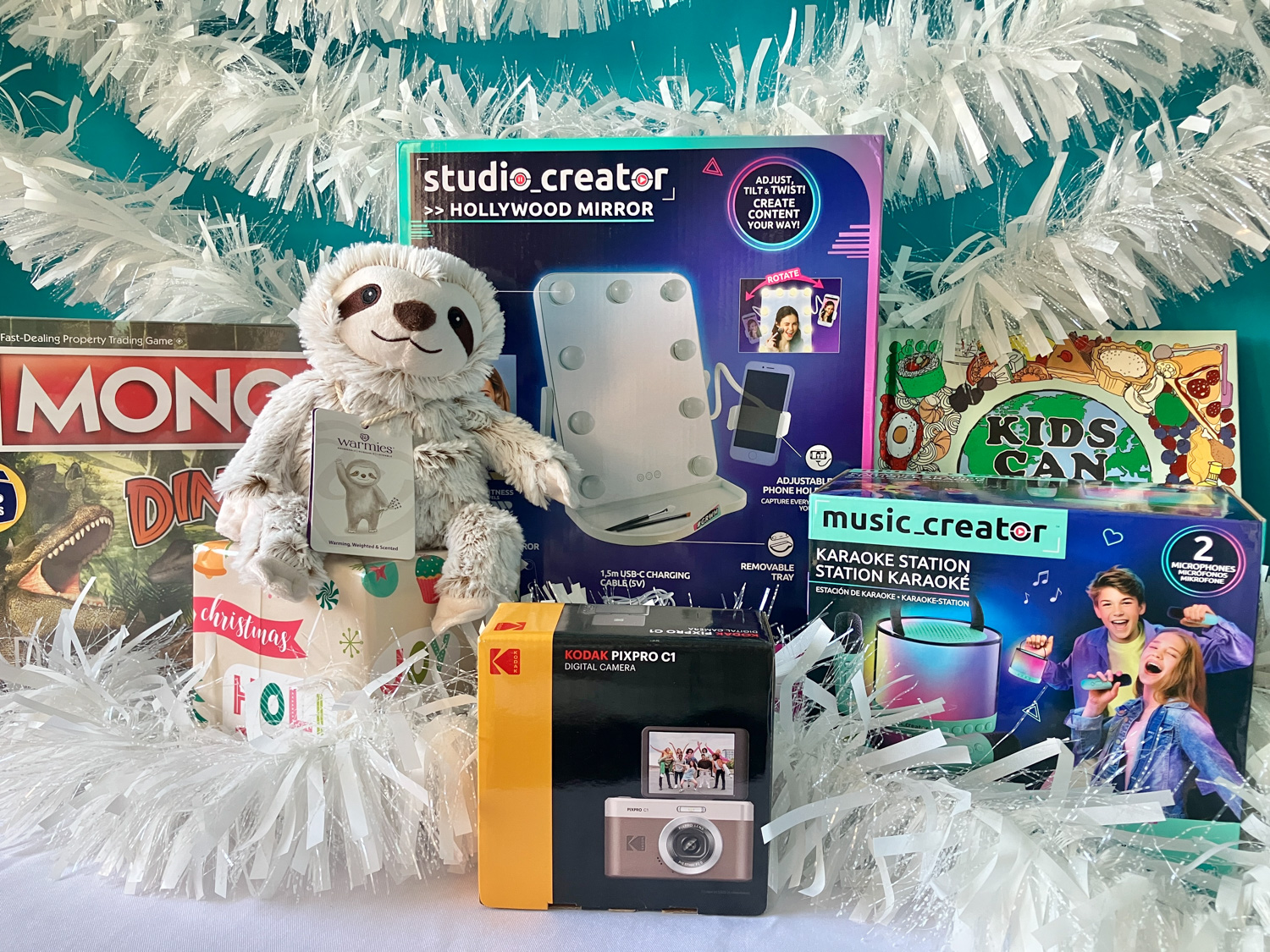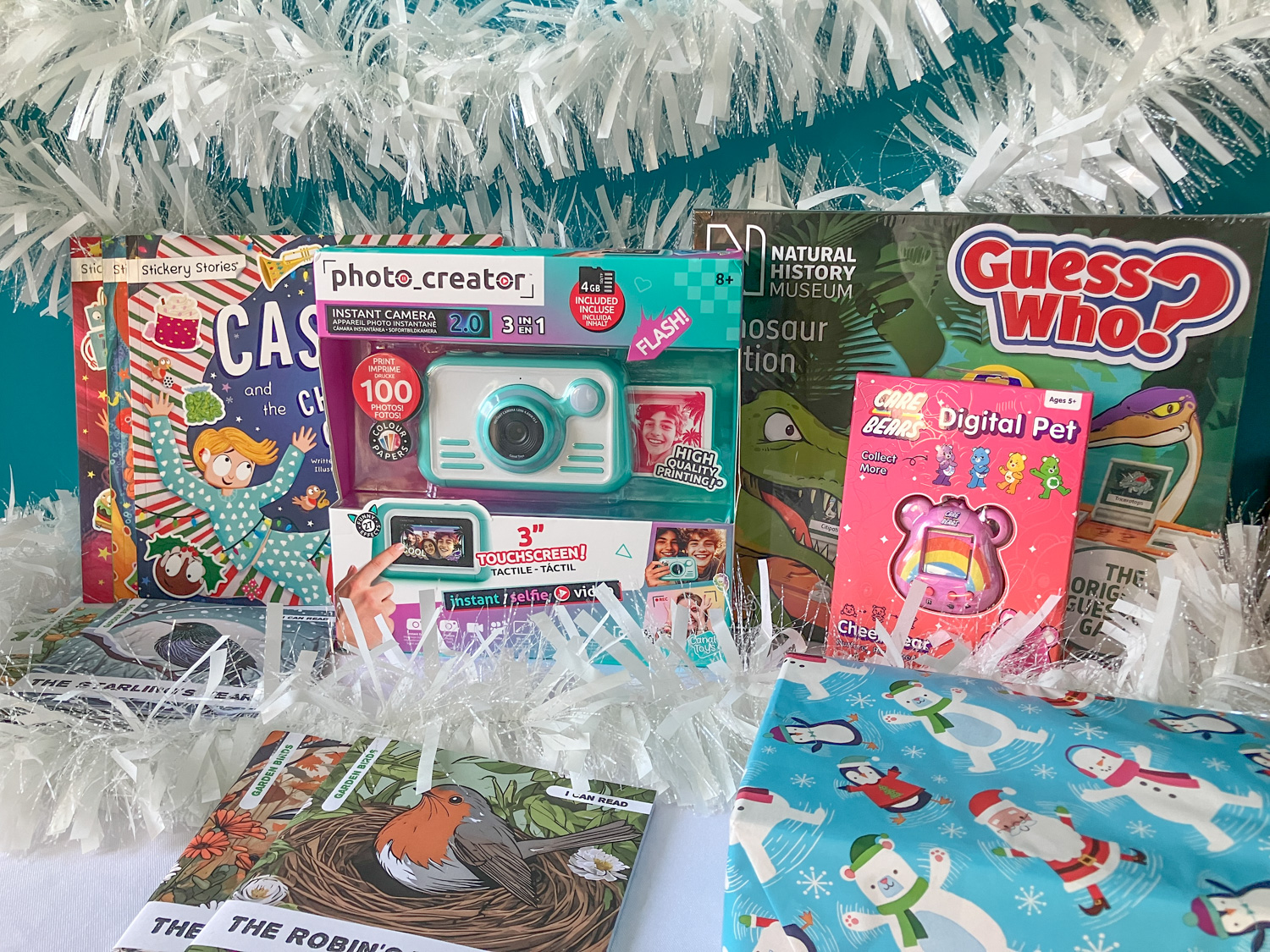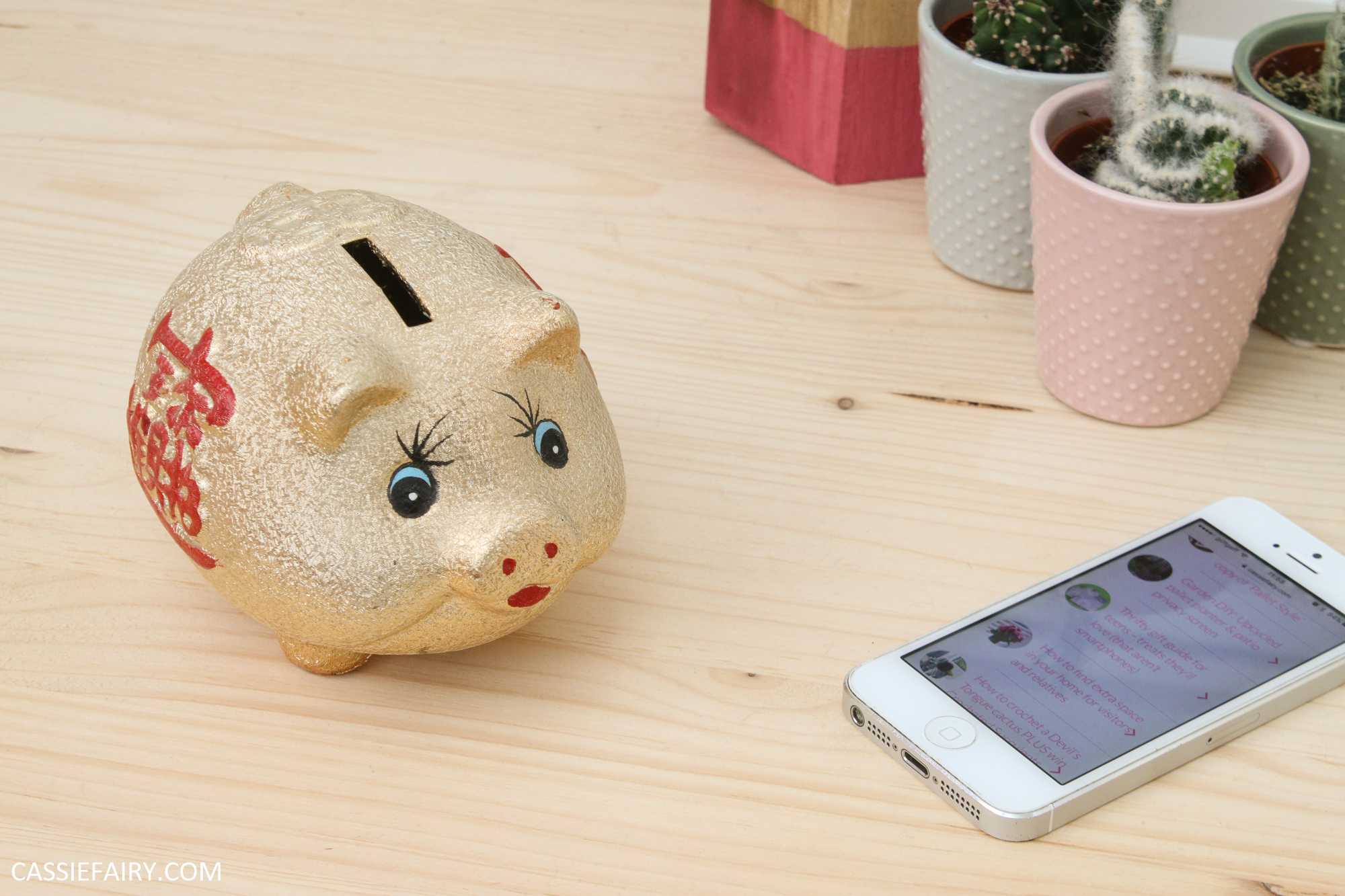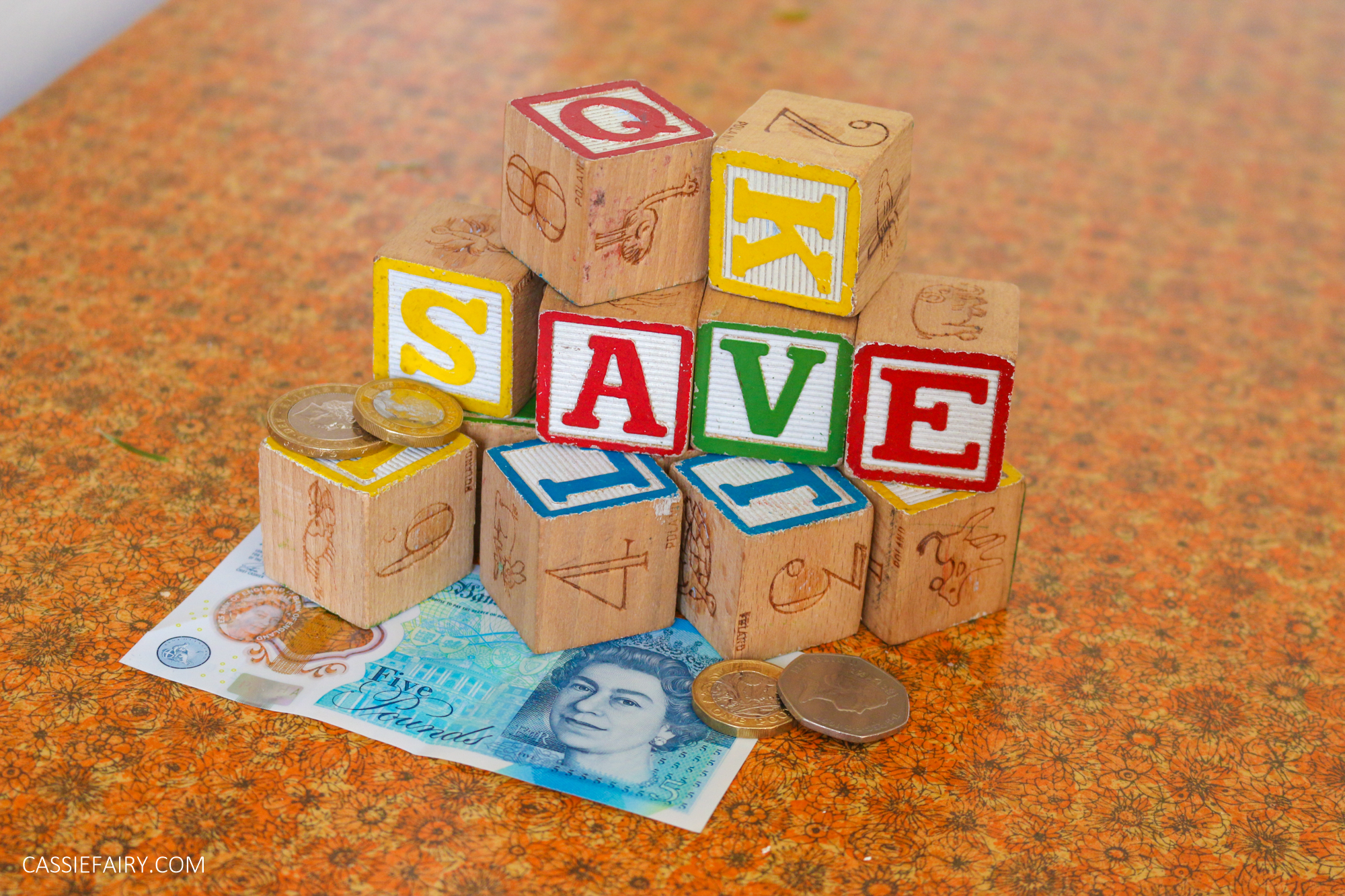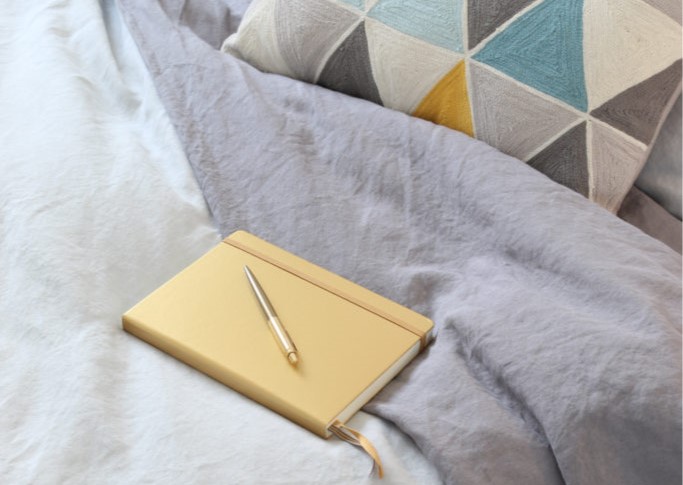
With a couple of weeks of the school summer holidays left, it’s a great time to start planning your child’s or teen’s bedroom for the academic year – and many kids will enjoy getting stuck in to prepare their room.
Whether that’s having a clear-our, organising their clothing and possessions or making extra room for a desk when they’re doing their GCSEs, here are some things you can do together right now to get them ready for the new school year.
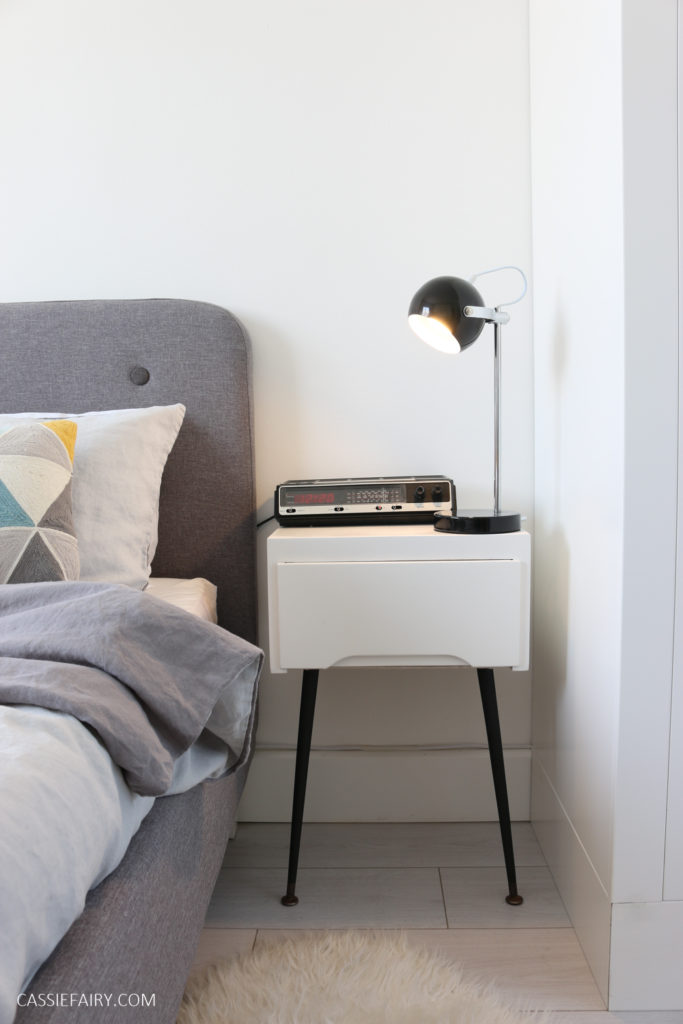
1. Make more room
The main issue with children’s bedrooms is that they’re often smaller, so their belongings fill the space more quickly. With the need for extra study space looming, it’s a good idea to get your youngster involved in decluttering their room to create more usable space.
Firstly, they could donate any toys and games that they haven’t played with in the past year or any clothing that they have grown out of. This is an easy way to make a quick start on the decluttering process, and they’ll be happy if they know that they’re passing on their items to other children via a charity.
Another way to make extra room is to consider bed sizes. If your teen has a small double, maybe they could shrink to a single bed to save space. Did you know that beds also come in a small single bed size? This is just as long as a single bed but a little narrower – those extra centimetres could make all the difference when squeezing in a desk or storage.
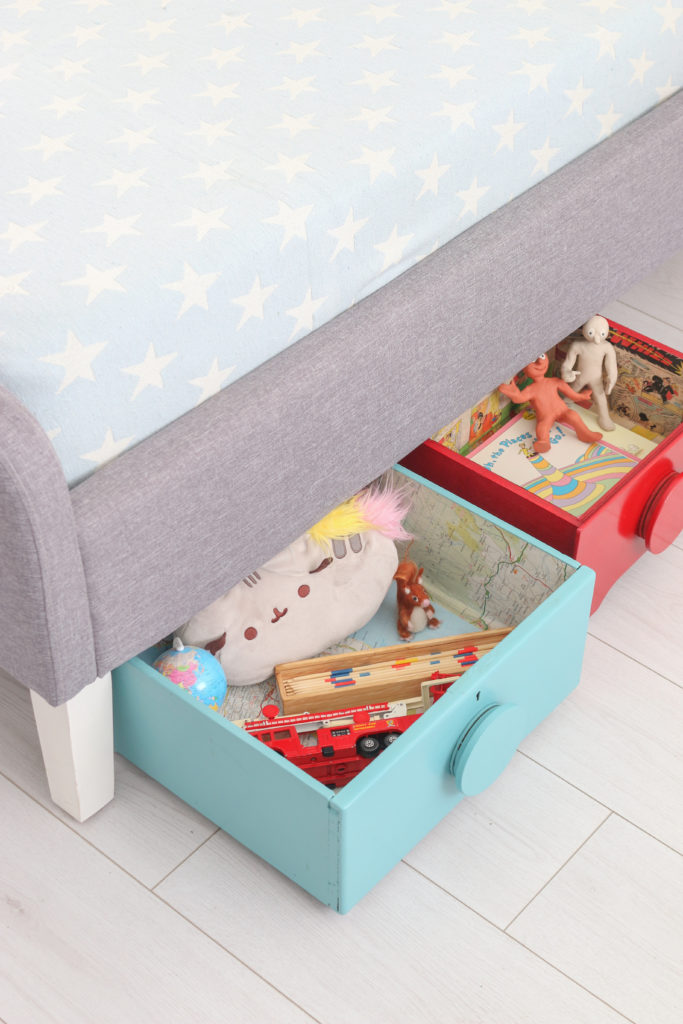
2. Super storage
And that’s another important point – having the right amount of storage for their possessions is key to keeping the bedroom organised and tidy. There’s no point in having a desk space if it’s covered with so much stuff that they can’t use it!
So, you might want to choose a bed with integrated storage drawers so that games or shoes can be tucked away at the end of every day. Even some lidded boxes tucked under the bed are enough to keep items out of the way and make space for studying. Here’s how I upcycled some drawers into sliding underbed storage.
Add shelves to alcoves or cupboards on the walls to organise their books, homework or craft goodies. Also, a wall-mounted display cabinet is a lovely idea for showing off their collections in a neat and tidy way.
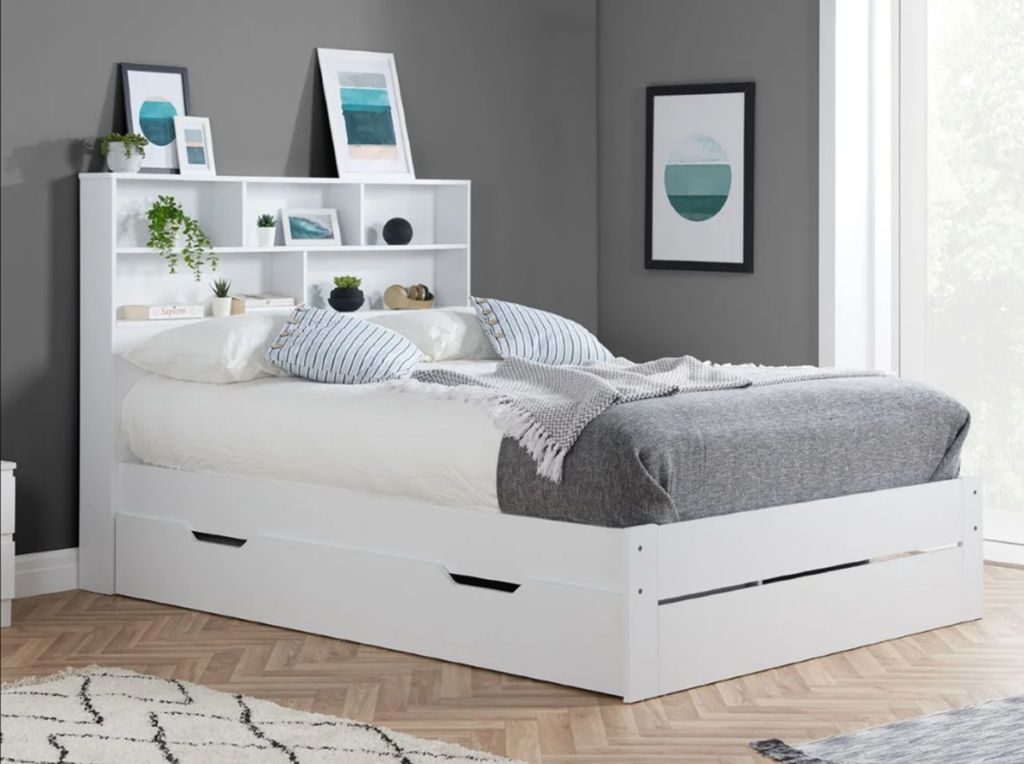
3. Study space
If your child is starting high school this September or is entering their GCSE years, now’s the ideal time to set up their room for successful study. This means the super storage we discussed above, plus a space to work. This can be a desk or even just a pull-out surface where they can do their homework or set up a laptop if needed.
When two children are sharing a room, it can be difficult to find that extra space for a desk. But, if you switch from two single beds to bunk beds, you’ll free up half of the room, which is more than enough space for a new work desk.
Plus, some bunk beds feature slide-out desks that can be tucked away when not in use to save even more space. Or, for children with their own room, they could have a loft bed or a midsleeper with a study space beneath it.
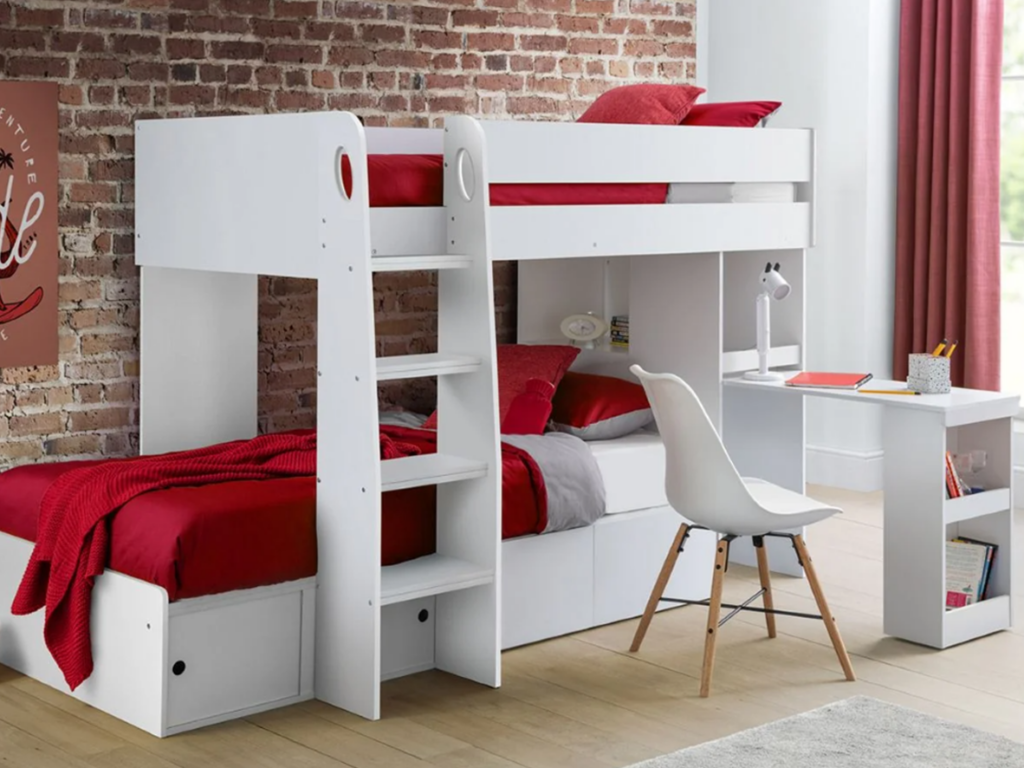
4. Sleep time
It’s so important for children and teens to get the right amount of sleep so that they can concentrate at school. So, make their environment feel extra-sleepy at bedtime with low lights and cosy bedding.
If it’s still daylight outside at bedtime, it can make it more difficult for youngsters to fall asleep. So, why not consider adding blackout blinds or curtains at the windows? This will keep the light out at night and prevent them from waking up too early when the sun rises!
Natural fibres in their bedding will help to regular their temperature while they sleep to prevent tossing and turning for a more relaxing rest. Pure cotton and linen help to wick moisture away from the body for a cooling feel at night, while organic linen is hypoallergenic so they won’t be disturbed by their allergies.
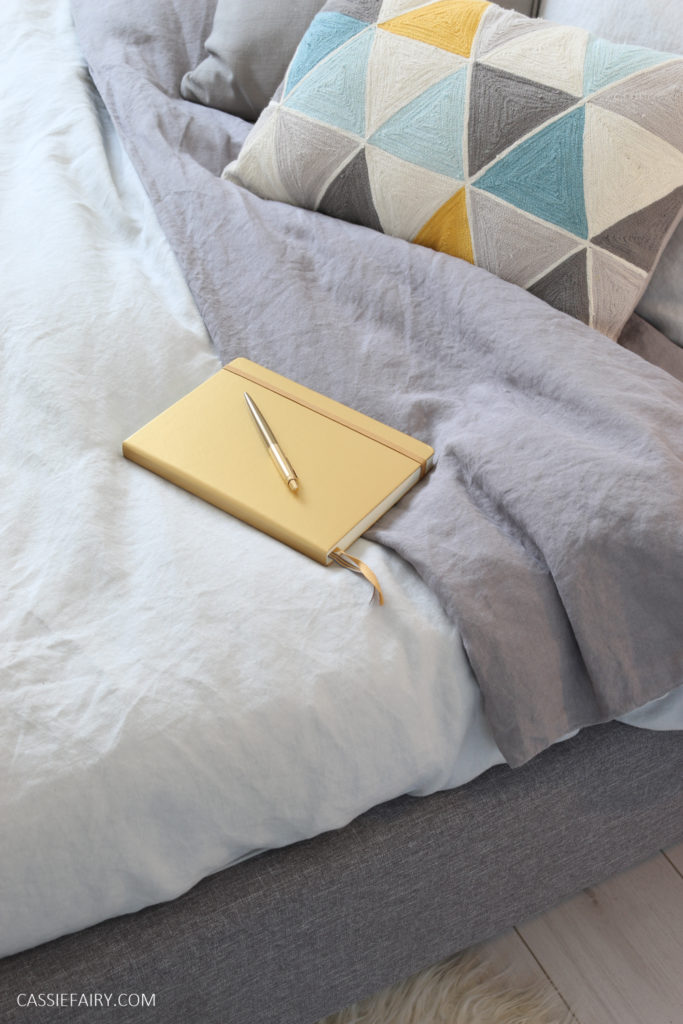
I hope these ideas will help you to set up their bedroom for back-to-school and I’d love to hear what storage or study solutions you’ve used in your own child’s bedroom – leave me a comment with your homeware hacks and interior ideas.
Pin it for later
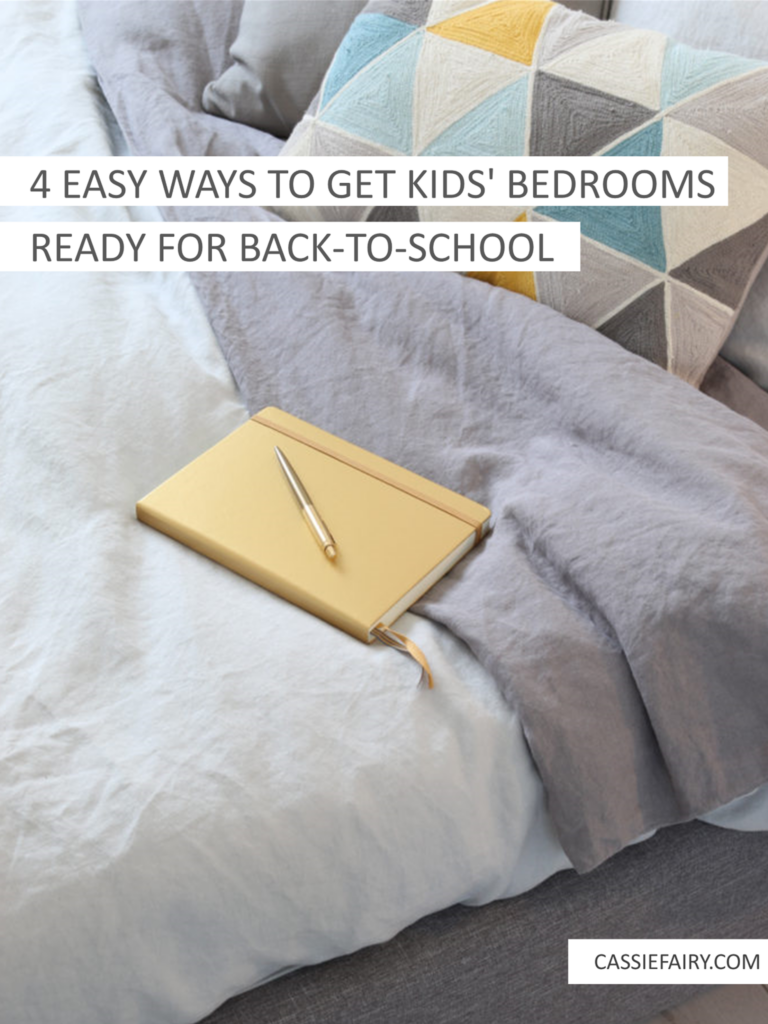
This article is a sponsored collaboration. The pink links in the content indicate a sponsored link or information source. The blog post reflects my own experience and the sponsor hasn’t had any control over my content 🙂







